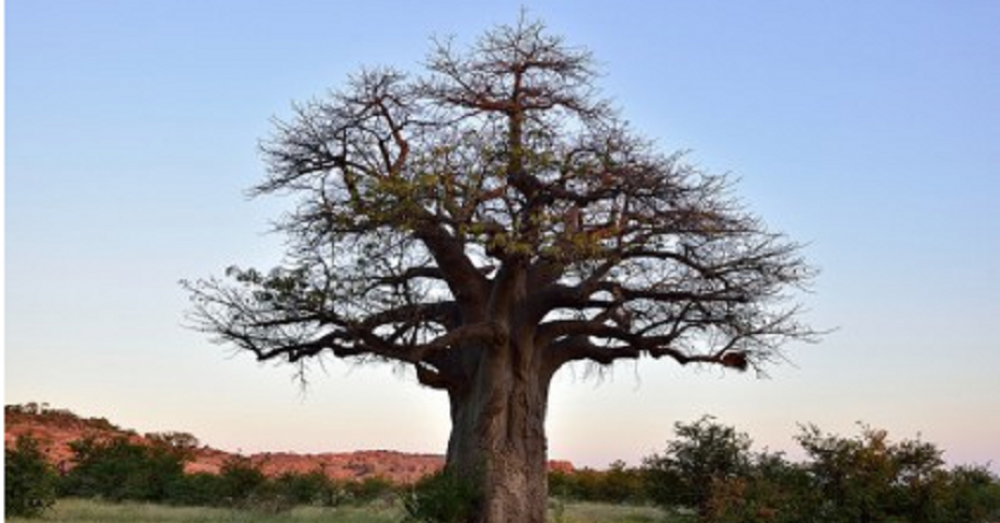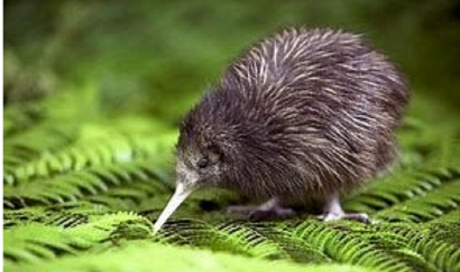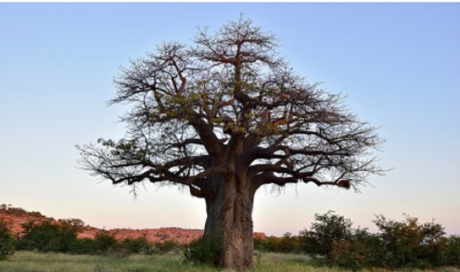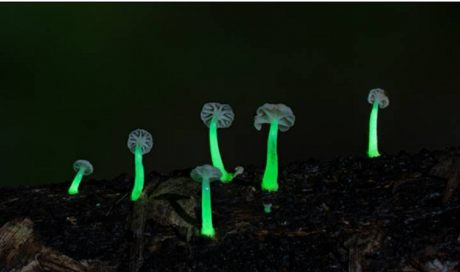A single spruce tree in the Dalarna province of Sweden was found to be the oldest tree in the world in 2008. Dubbed "Old Tjikko" this tree is truly ancient.
Technically speaking, this tree is the oldest individual of a colony of trees. Clonal trees, like spruces, are able to propagate using their root systems to produce new offspring. Carbon dating of the tree indicates that it at least 9,550-years-old. That's almost double that of previous record holders in North America.
Other neighboring trees were found to be of similar age and, more importantly, of the same genetic makeup as this arboreal ancient. Scientists have also found clusters of other spruce trees from Lapland to Dalarna that are generally over 8,000-years-old on average.
The oldest trees in the world have 'seen' many momentous events in Earth's and human's history, making them truly the living relics of the past. Trees are truly ancient beings. They have a very long evolutionary history, but some of the oldest trees in the world have overseen the rise and fall of some of the greatest empires in human history.
Trees are some of the oldest organisms on the planet. They first evolved around 370 million years ago and it is currently estimated that there are over 3 trillion mature trees in the world. The earliest forms for trees in the fossil record are tree ferns, horsetails, and lycophytes. These plants evolved sometime in the Carboniferous period.
Trees would later diversify throughout the Mesozoic where one genus, Ginkophyta, still exists in one form today called Ginkgo Biloba. This is considered to be a living fossil and has virtually unchanged since the Triassic Period. These are some very hardy plants indeed.
Share This Post















